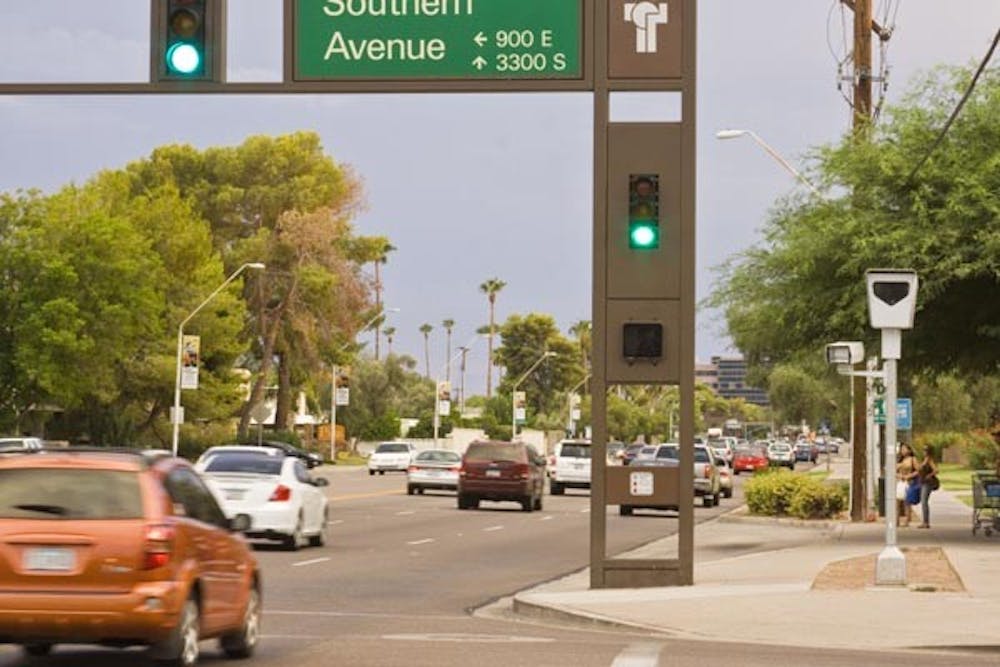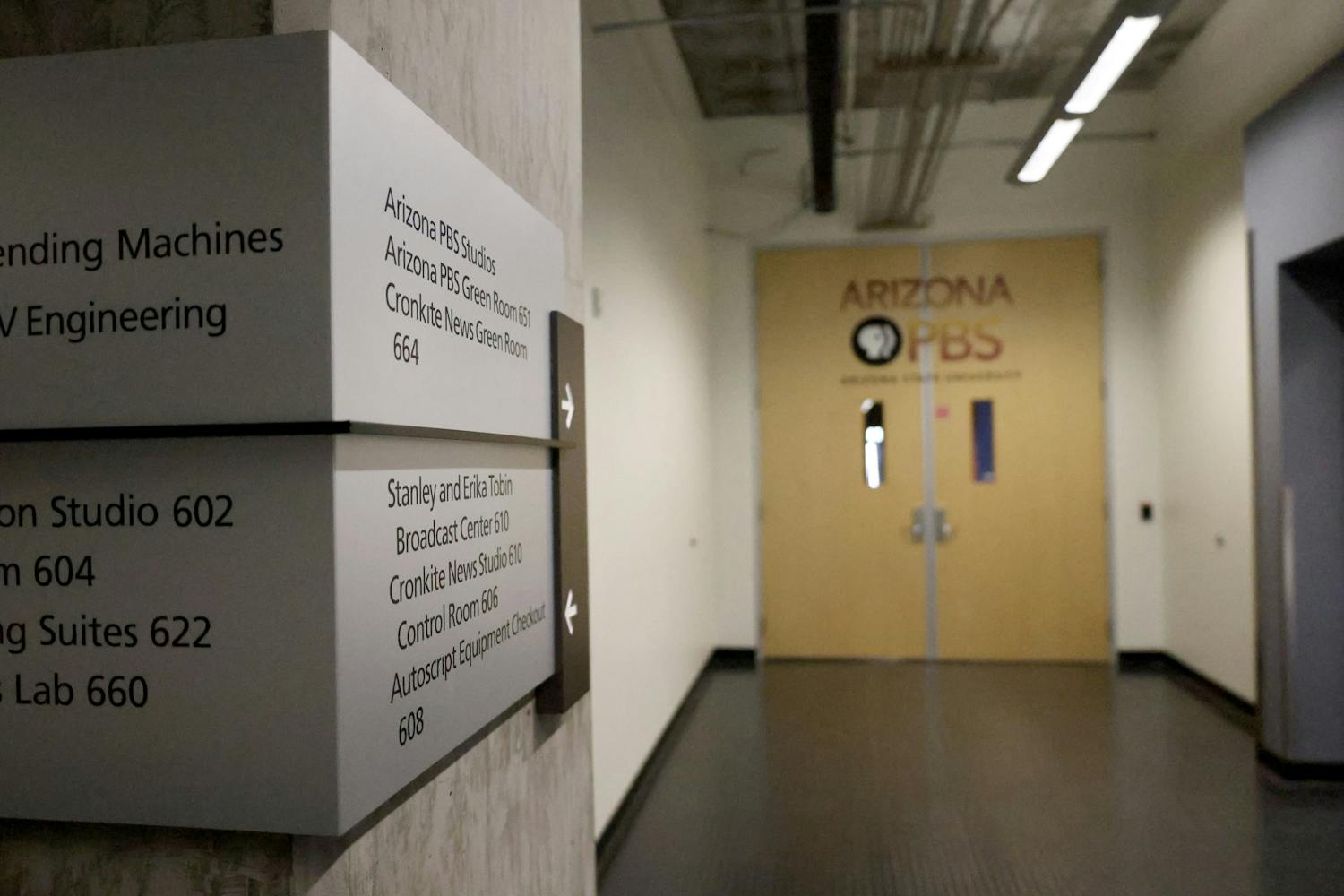He might not have a crystal ball, but when it comes to traffic, Ram Pendyala can see the future.
Pendyala, an ASU engineering professor, is trying to forecast the future demands of traffic around the country in order to improve transportation systems.
This includes attempting to predict the changing distribution of alternatively powered vehicles and also looking into future changes to light rail systems.
Pendyala has been basing much of his research on simulations, and he uses the results of the simulations to develop forecasts of the future states of traffic.
“We simulate what the travel time gains or benefits would be for all of the travelers, and what is the monetary value of that, because time is money,” Pendyala said.
G. Edward Gibson, the interim director of the School of Sustainable Engineering and the Built Environment, said Pendyala is a valuable asset to the department, and helps the school make informed decisions about allotting its resources.
“In the past, we used to physically go out there and just guess on where to invest our money and systems,” he said. “He does a lot of modeling,\ where we are now and looking at the demographics.”
Pendyala said he is currently working on simulating extensions of the light rail system in the Valley, and researching which areas would be sensible to expand to if it were to be extended.
He said he expected the research to show that light rail demand near ASU campuses would create a cause for expansion in those areas.
Other research currently underway includes seatbelt use, signal control strategies and driver education and training effectiveness, he said.
Pendyala also contributed to research in 2007 and 2008 highlighting the effectiveness of photo radar systems and the possibility of charging single drivers to use High Occupancy Vehicle lanes on freeways.
By placing transmitters in HOV lanes and transponders on the windshields of vehicles, operators of single-occupancy vehicles can be charged for using the HOV lane, while cars with two or more people would remain uncharged, Pendyala said.
He said a similar system, dubbed HOT (High Occupancy Toll) lane, is already in place in Houston. Based off research done on this Texas model, Pendyala built a simulation for Maricopa County. The simulation used estimates on traffic volume, proportions of multiple occupancy vehicles on the road, and what percent of single-occupancy drivers would be willing to pay a fee to use the HOT lane.
“It seems to come out as a positive benefit for the traveling public,” Pendyala said.
His previous research also supports the use of photo radar enforcement systems.
He appeared on KAET’s “Horizon” on Sep. 9 to discuss photo radar with Paradise Valley Mayor Scott LeMarr and Shawn Dow, the chairman of Arizona’s Citizens Against Photo Radar.
“It was an interesting experience explaining what is in the scientific literature that explains the safety of radar cameras,” Pendyala said.
He graduated from the Indian Institute of Technology in Chennai, India, with a bachelor’s of technology in civil engineering in 1988. He earned his master’s and doctorate degrees in civil and environmental engineering from University of California at Davis in 1990 and 1992, respectively.
Pendyala worked at the University of South Florida for 12 years before coming to ASU in 2006.
“Ram is well known and nationally and internationally connected,” Gibson said. “It brings a lot of benefit to ASU as far as what he does.”
Sustainability senior Kris Spector said, while he may not agree with the conclusions of Pendyala’s research, he does support his work.
“It’s not about ideology, it’s about what’s right for the future,” he said. “Especially in this economy, it’s a great field to be in.”
Reach the reporter at mhendley@asu.edu





